How Long Can I Leave My Dog In A Crate?
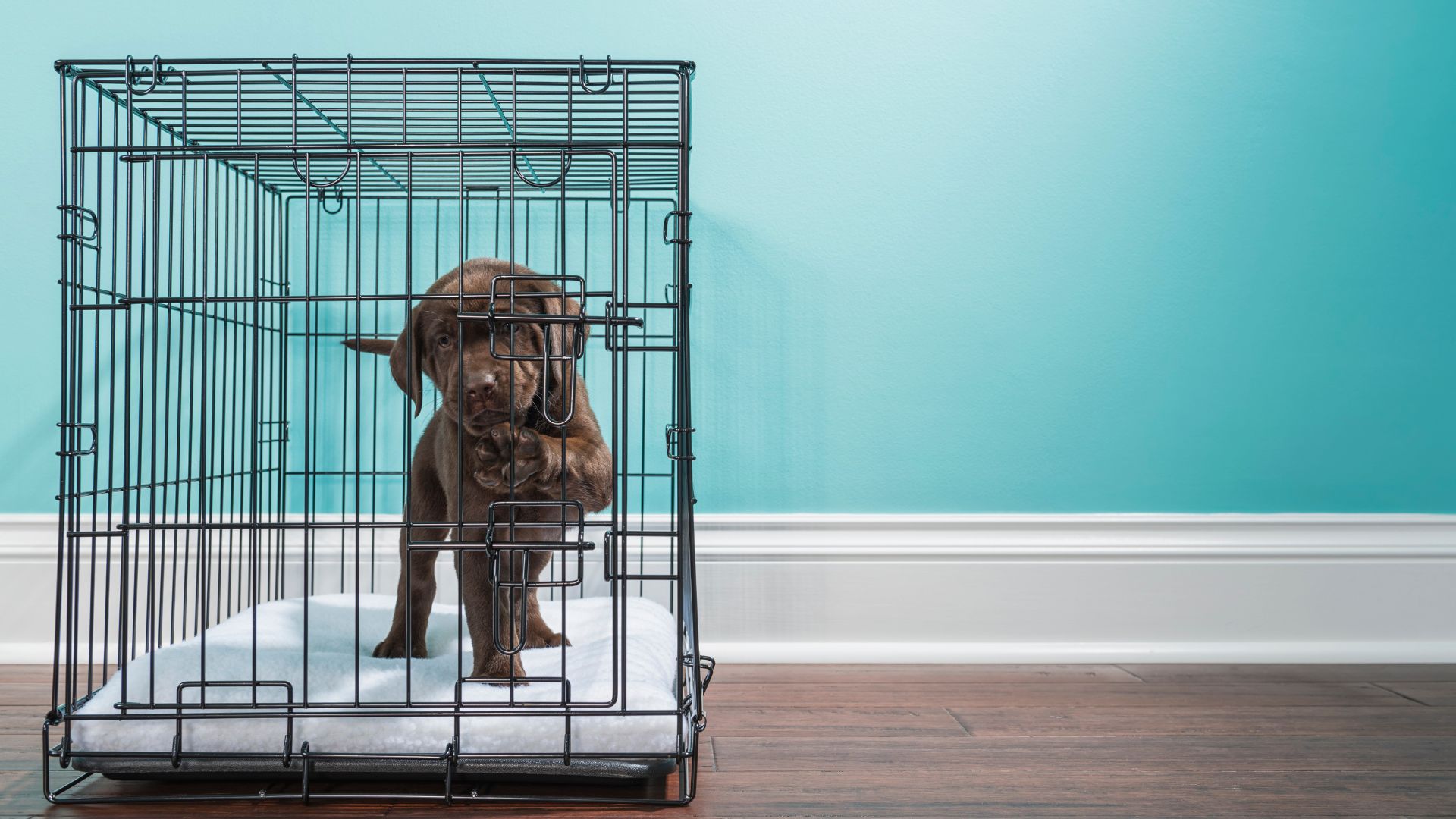
Understanding how long you can leave your dog in a crate is crucial for their well-being and comfort. Crating your dog appropriately ensures they feel secure without experiencing anxiety or discomfort.
This guide delves into the specifics of crating puppies, adult dogs, and senior dogs, while highlighting signs that your dog may have been in the crate too long.
1. Crating Puppies
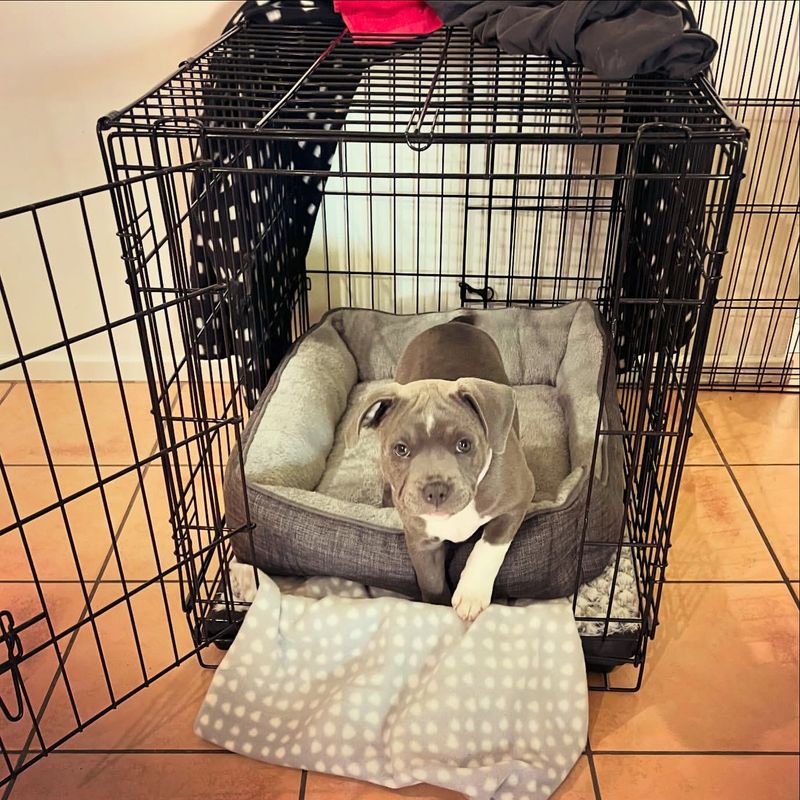
Puppies have unique needs when it comes to crating. Due to their small bladders and boundless energy, they require more frequent breaks than adult dogs.
For every month of age, a puppy can generally stay in a crate for about an hour. This means a three-month-old puppy shouldn’t be crated for more than three hours at a stretch.
Breaking up the day with playtime, bathroom breaks, and short training sessions ensures the puppy remains happy and healthy. Young puppies are still learning about the world, so keeping their crate time brief helps prevent anxiety and fosters positive associations.
Utilizing a comfortable crate equipped with a soft blanket and safe chew toys can enhance the puppy’s crating experience, making it a safe haven rather than a place of confinement.
2. Crating Adult Dogs
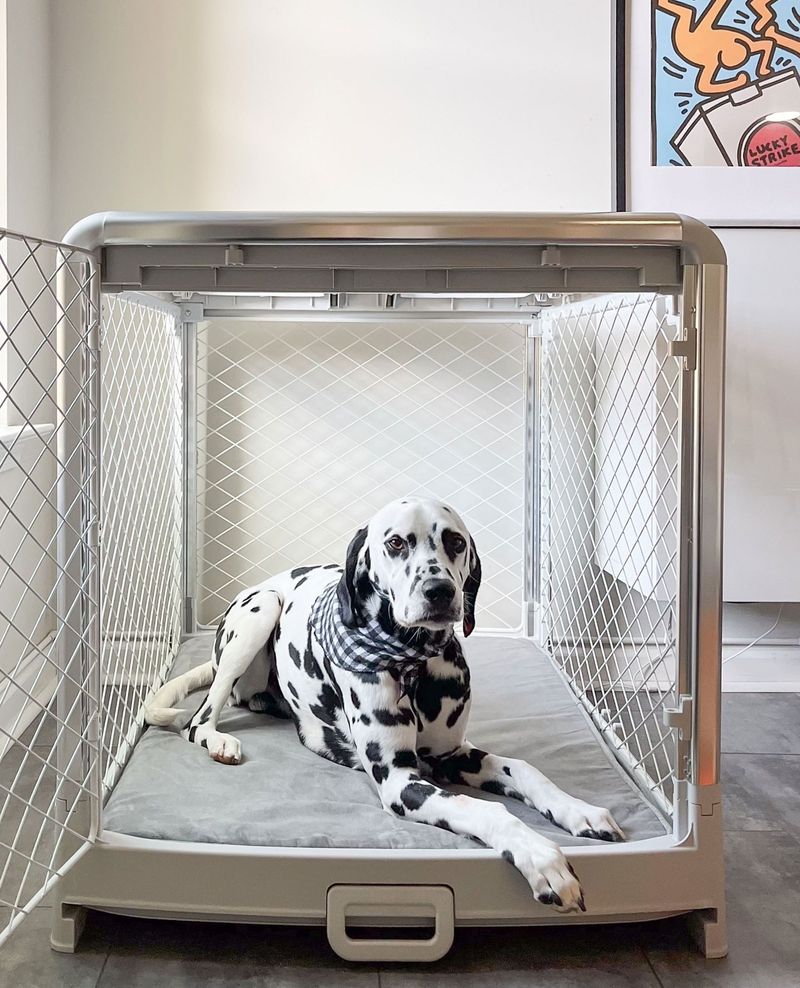
Adult dogs generally adapt better to crating than puppies, but the time spent in a crate should still be carefully managed. For most adult dogs, crating for four to six hours during the day is considered acceptable, but this can vary based on the dog’s temperament and energy levels.
Ensuring the crate is a positive space with comfortable bedding and access to water can help make crating a pleasant experience. Dogs thrive on routine, so establishing a consistent schedule with breaks for exercise and interaction is beneficial.
Incorporating crate time as part of a balanced daily routine that includes play, training, and bonding helps maintain the dog’s well-being and prevents any feelings of isolation or boredom.
3. Crating Senior Dogs
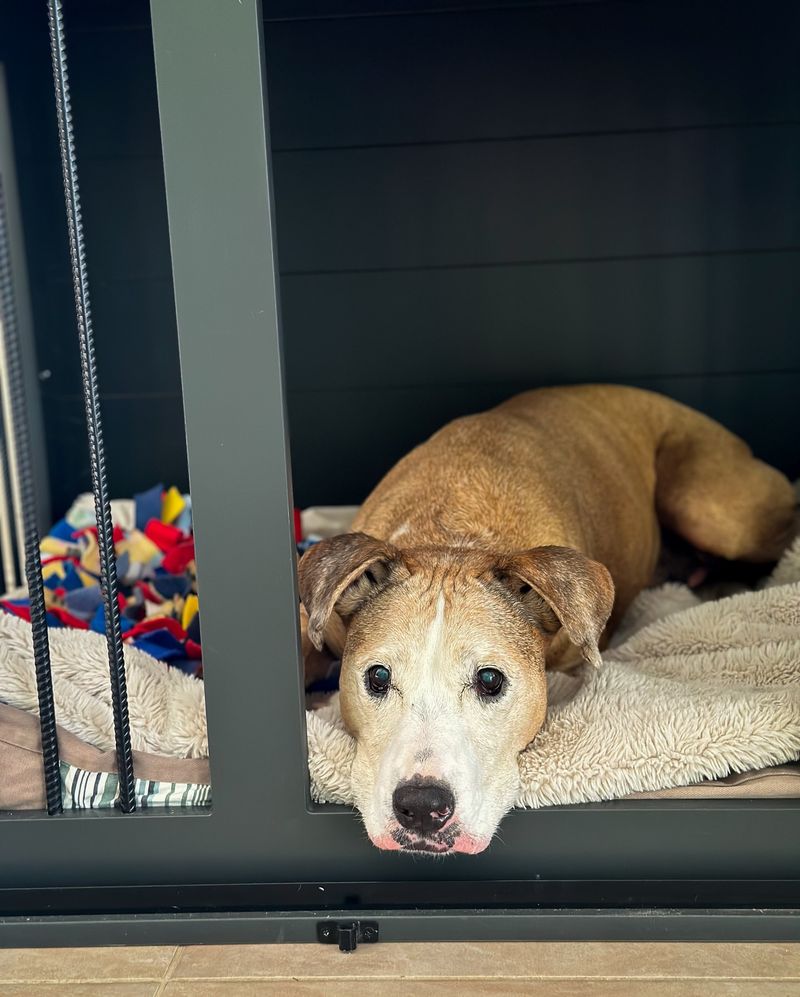
As dogs age, their needs change, and this includes how long they should be crated. Senior dogs often require more rest, but also may need more frequent bathroom breaks due to health issues. Typically, keeping a senior dog in a crate for two to three hours at a time is advisable.
The crate should be tailored to the dog’s comfort, with features like orthopedic bedding and sufficient space to stretch. Older dogs may also need a quieter environment to rest peacefully.
Observing your senior dog’s behavior will help you determine their comfort levels in the crate. Adjusting crating durations based on their health and activity levels ensures they remain content and stress-free.
4. Signs Your Dog Has Been In A Crate For Too Long
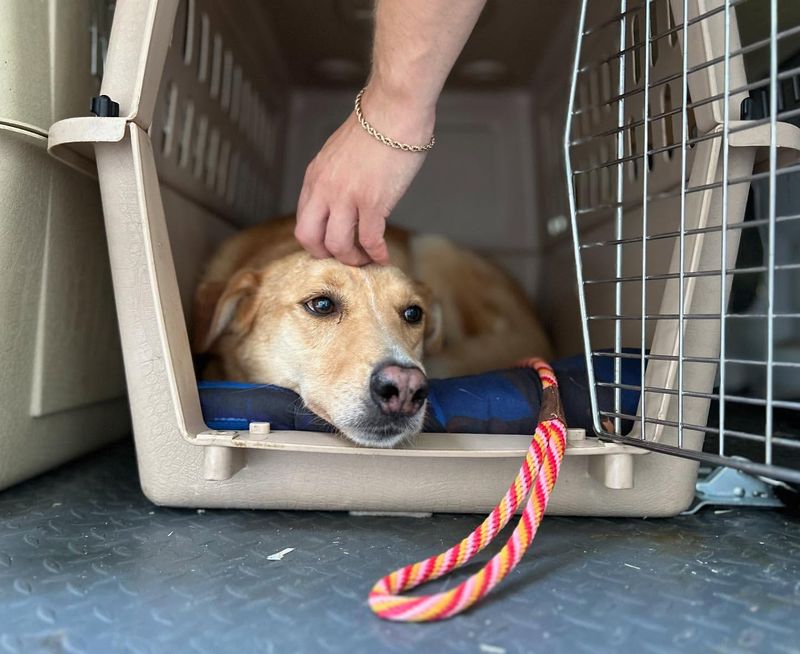
Recognizing when your dog has been crated for too long is vital for their well-being. Signs of discomfort include restlessness, whining, barking, or destructive behavior. If your dog appears overly anxious or is unable to settle, it might indicate they’ve been crated too long.
Physical signs, such as panting or excessive drooling, can also signal distress. Observing your dog’s body language is key to understanding their comfort levels.
To prevent these issues, it’s important to monitor crate time closely and adjust based on your dog’s specific needs and reactions. Regular breaks and interactions help alleviate stress and ensure a more positive crating experience.
5. Making The Crate A Comfortable Space
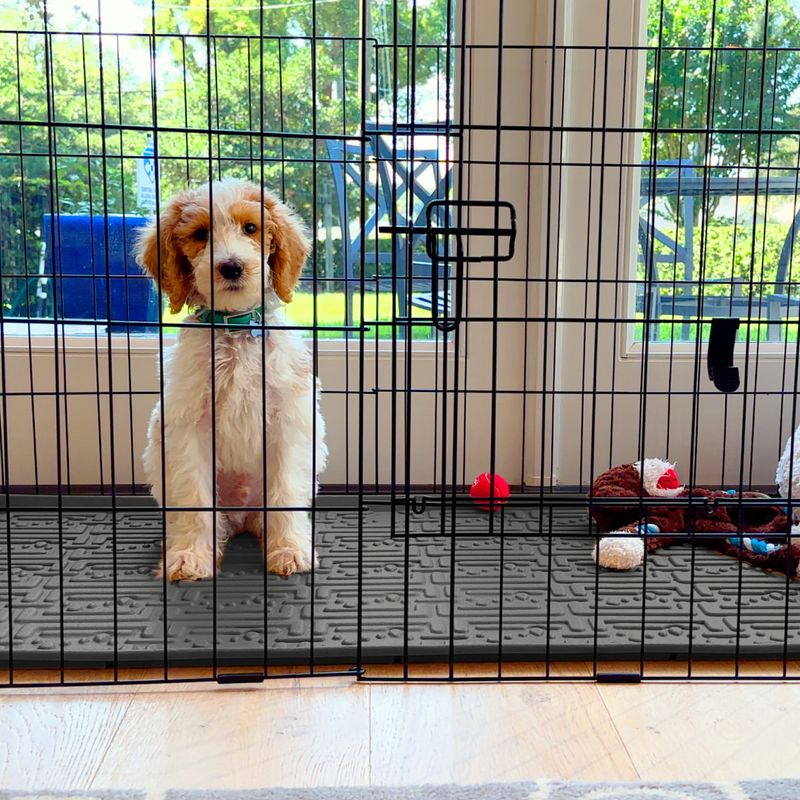
Transforming a crate into a cozy haven for your pup is key to making crating time enjoyable. Start by choosing a crate that is spacious enough for your dog to move comfortably.
Add soft bedding to cushion their rest and include favorite chew toys to keep them entertained. Consider a gentle nightlight to mimic a calm environment, especially if the crate is in a dimly lit area.
This setup not only soothes your dog but also turns the crate into a safe retreat they’ll love to spend time in. Remember, comfort is as important as crating duration.
6. Alternatives To Long Crating Periods

If you find yourself needing to crate your dog for extended periods, exploring alternatives can be beneficial. Doggy daycare offers an excellent option, providing social interaction and exercise that a crate simply can’t.
Hiring a dog walker for midday strolls ensures physical activity and mental stimulation. For those working from home, setting up a dedicated dog-friendly space could reduce the need for crating altogether.
These alternatives not only prevent boredom but also support your dog’s well-being, making them happier and more balanced pets.
7. Crate Training Best Practices
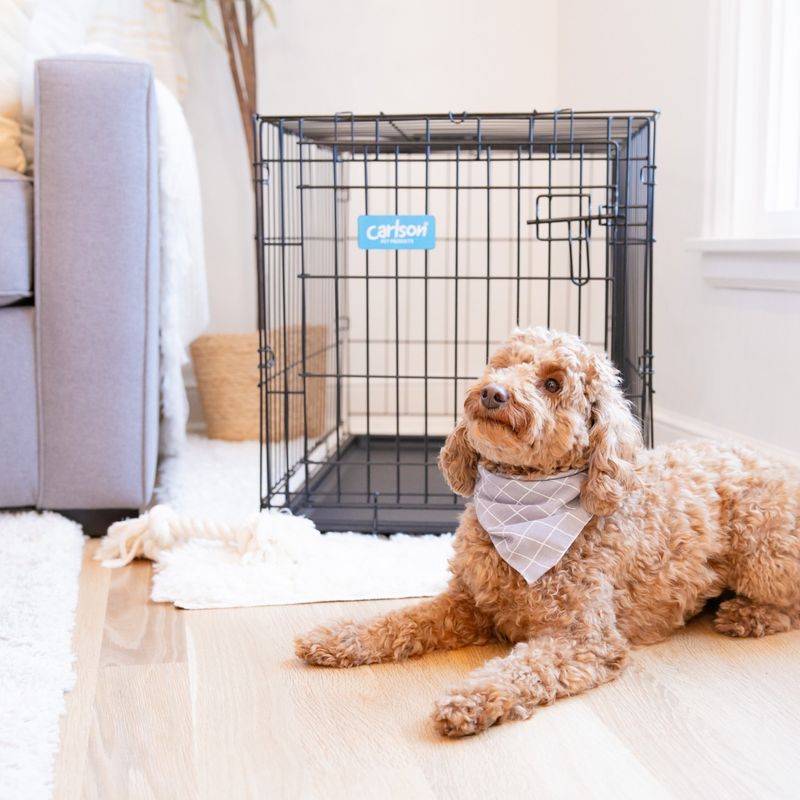
Effective crate training is an essential skill for dog owners, but it requires patience and consistency. Begin with short crating sessions, gradually increasing the time as your dog becomes more comfortable.
Incorporate positive reinforcement by using treats and verbal praise to associate the crate with positive experiences. Ensure that crating is never used as a form of punishment, as this can lead to anxiety and resistance.
With the right approach, crate training can foster independence and security in your dog, making it a valuable tool for both you and your furry friend.






